1877
BUDDY BOLDEN is born in New Orleans
A cornet player who was known for being possibly the first musician to add improvisation to what would eventually become known as jazz; an early influence on Jelly’s music
BUDDY BOLDEN is born in New Orleans
A cornet player who was known for being possibly the first musician to add improvisation to what would eventually become known as jazz; an early influence on Jelly’s music

JELLY ROLL MORTON is born in New Orleans
The self-proclaimed “inventor of jazz” was born to a Creole family in New Orleans, where he began to develop his musical style, eventually going on to be the first person to write out musical composition of jazz. He was primarily a pianist.
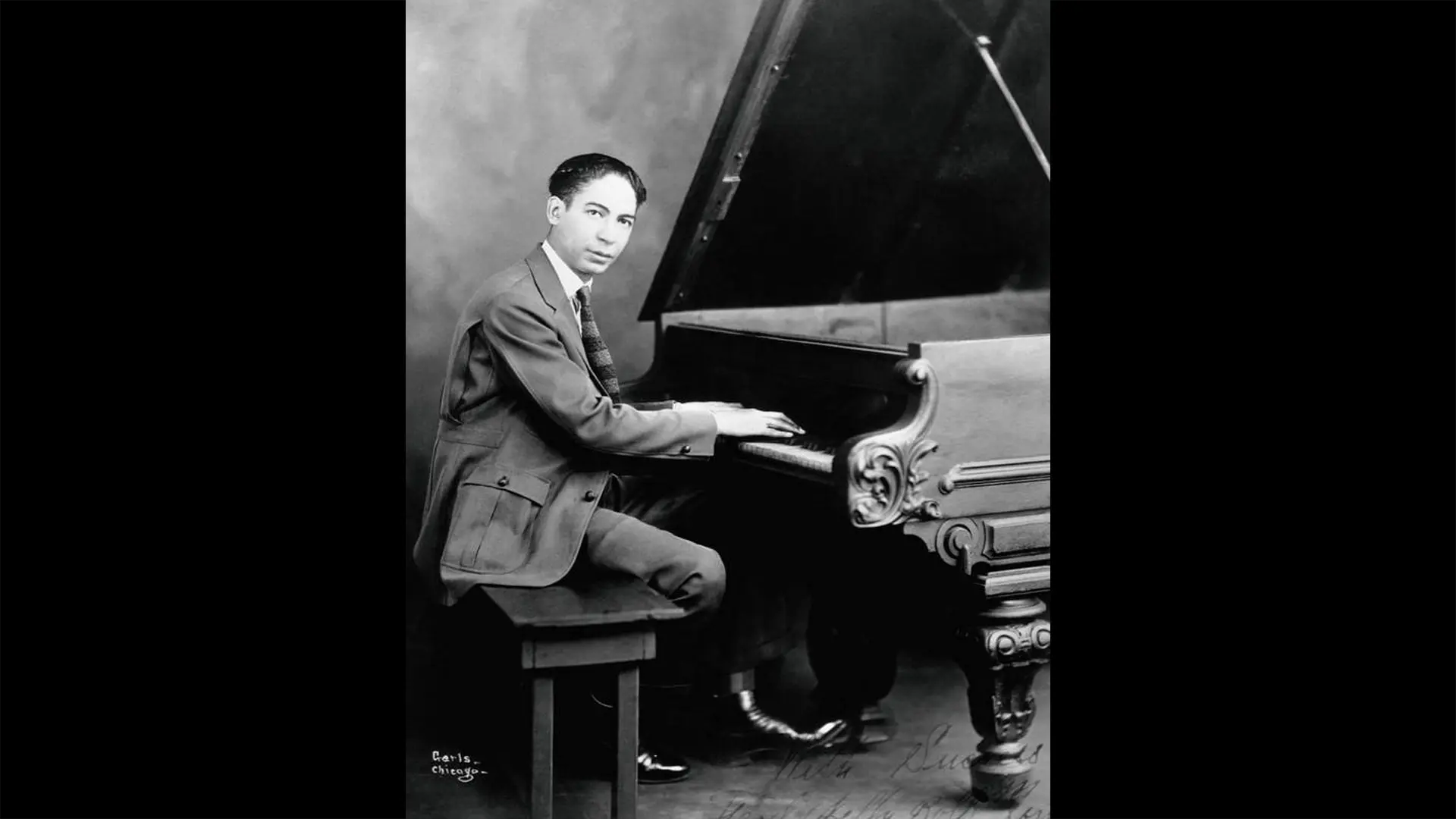
SIDNEY BECHET is born in New Orleans
A jazz clarinetist, saxophonist, and composer known for being one of the first important jazz soloists, Bechet was born to a Creole family like Jelly. He went on to be one of the first jazz soloists to record their music.
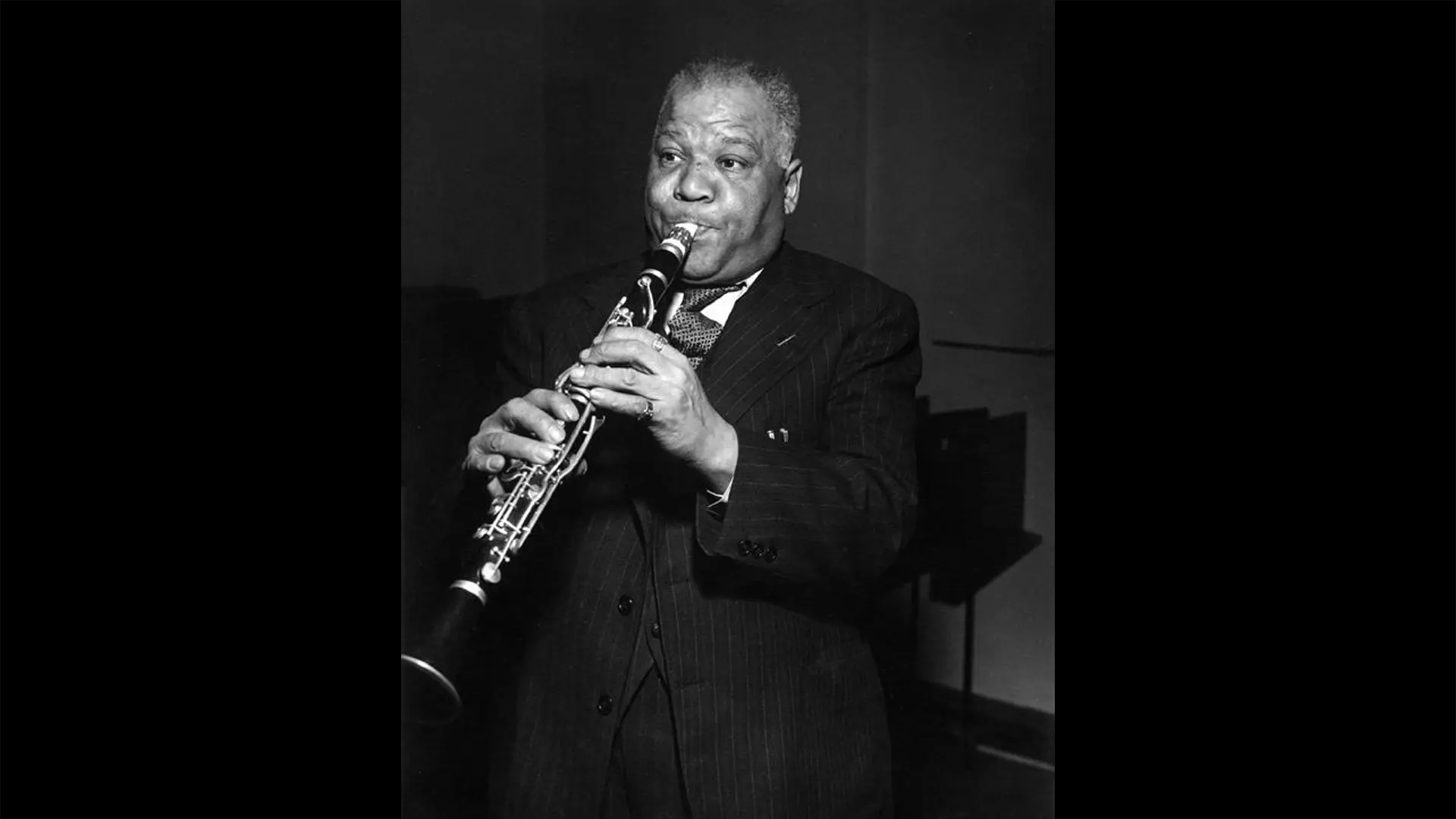
DUKE ELLINGTON is born in Washington, D.C.
Known as one of the greatest jazz composers and bandleaders of his time, Ellington was an originator of big-band jazz.
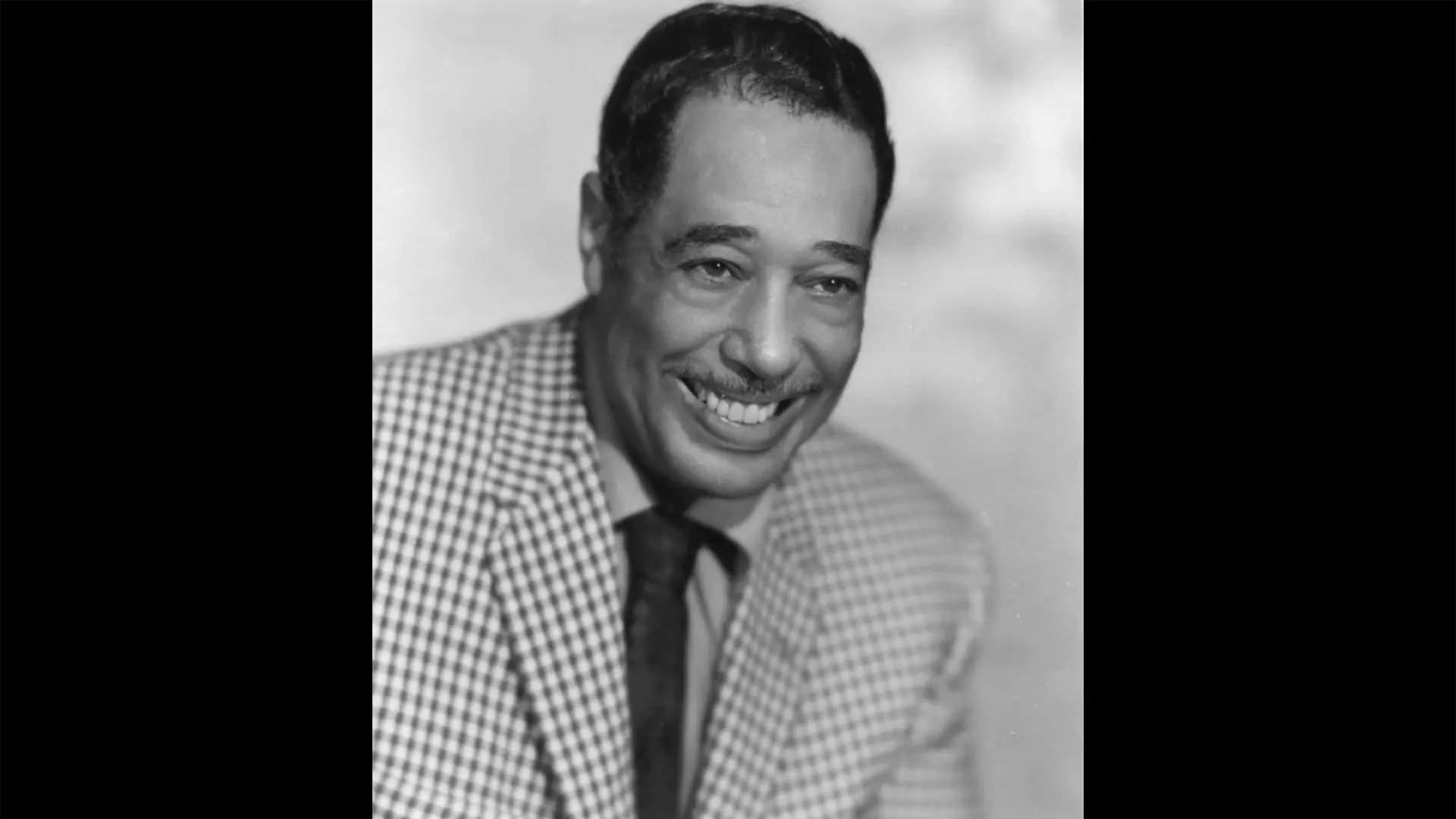
LOUIS ARMSTRONG is born in New Orleans
Known for his trumpet skills and iconic gravelly voice, Armstrong was famous for appearing in over 30 films and his songs such as “What a Wonderful World.”

The year JELLY ROLL MORTON claims to have invented jazz, as stated in a letter to the Ripley’s Believe it or Not program.
COUNT BASIE is born in New Jersey
Known as one of the greatest big-band jazz bandleaders and an accomplished pianist and organist, Basie was an early creator of swing music.
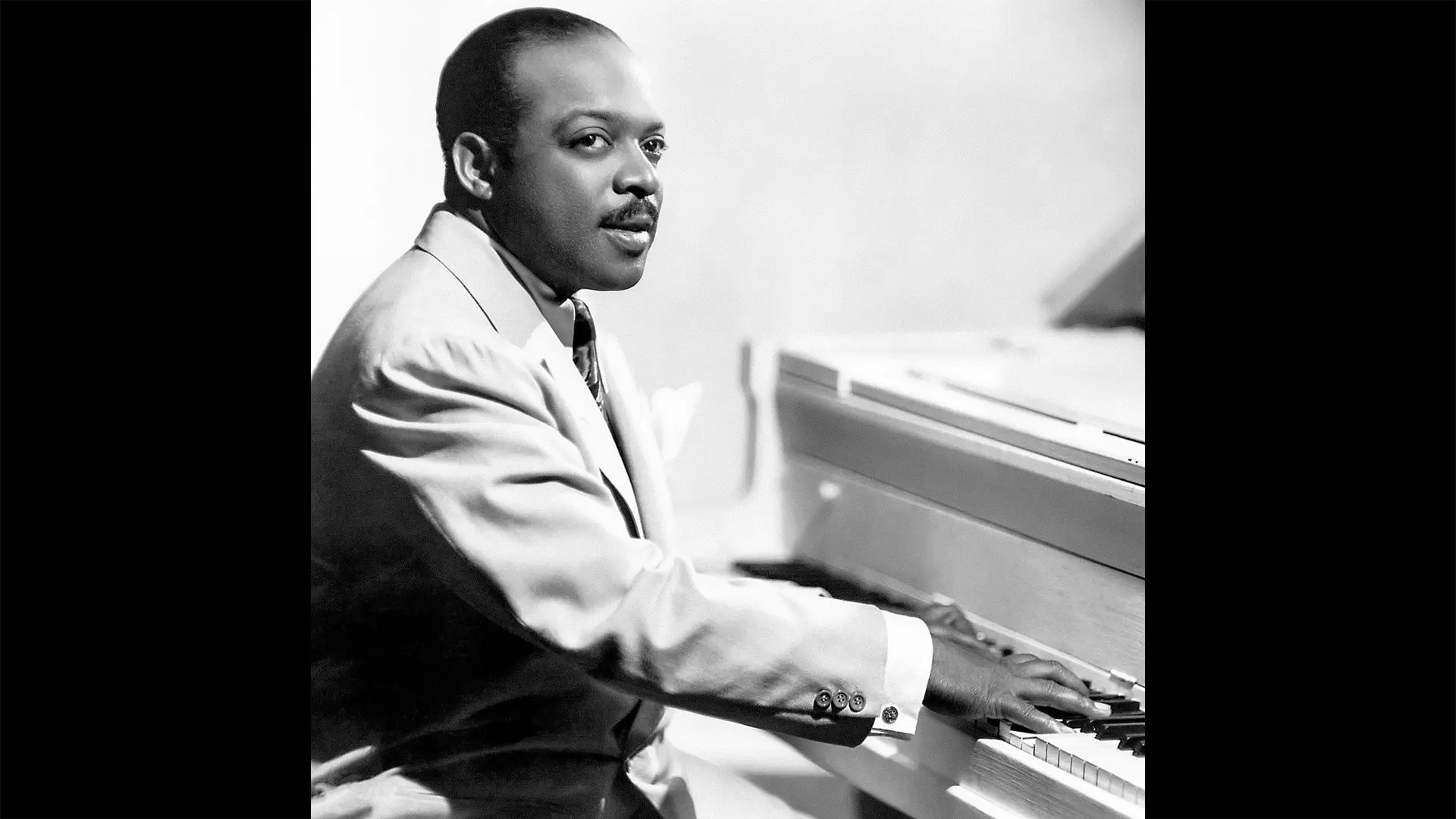
JELLY ROLL MORTON publishes “Original Jelly Roll Blues” which is now considered the first published piece of jazz music
HARLEM RENAISSANCE begins — This was a period of time between the end of World War I and the 1930s when Black artists, writers, musicians, and scholars created a large amount of culturally significant work in America. While many of these prominent figures were located in Harlem, this movement extended to other cities in the U.S. as well, such as Chicago, Los Angeles, and more.
LOUIS ARMSTRONG begins playing cornet in Oliver’s Creole Jazz Band, one of the most influential bands in Chicago jazz history.
THE COTTON CLUB opens in Harlem, and it goes on to become one of the most influential jazz clubs in the city, featuring performances by Duke Ellington, Cab Calloway, and more. Despite its all-Black performer line-up, the club was oppressively segregated and originally intended only for white audiences.
SIDNEY BECHET records “Wild Cat Blues” and “Kansas City Man Blues,” which featured LOUIS ARMSTRONG and became some of the most remarkable jazz recordings.
LOUIS ARMSTRONG and his Hot Five begin recording in Chicago; they make over 60 records in three years.
JELLY ROLL MORTON in Chicago leads The Red Hot Peppers, a seven or eight piece band that received national fame with hits like “Black Bottom Stomp” and “Smoke-House Blues.”
COUNT BASIE joins Walter Page’s Blue Devils and discovers big-band sound, which jump-starts his career.
LOUIS ARMSTRONG appears in the movie Ex Flame; he becomes the first Black performer in America to receive featured billing in a Hollywood movie.
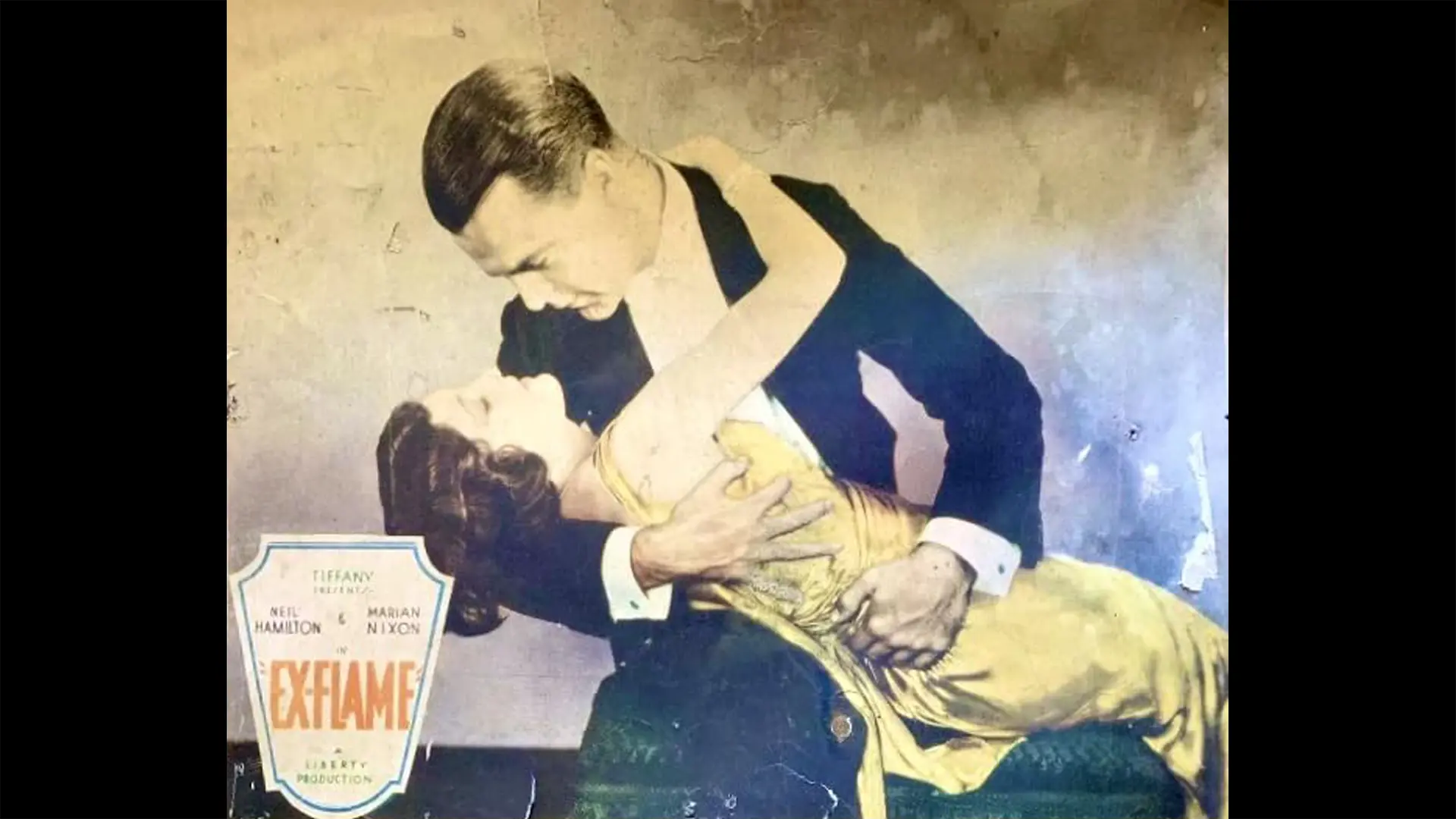
JELLY ROLL MORTON participates in a series of interviews for the Library of Congress where he offers an oral history of jazz.